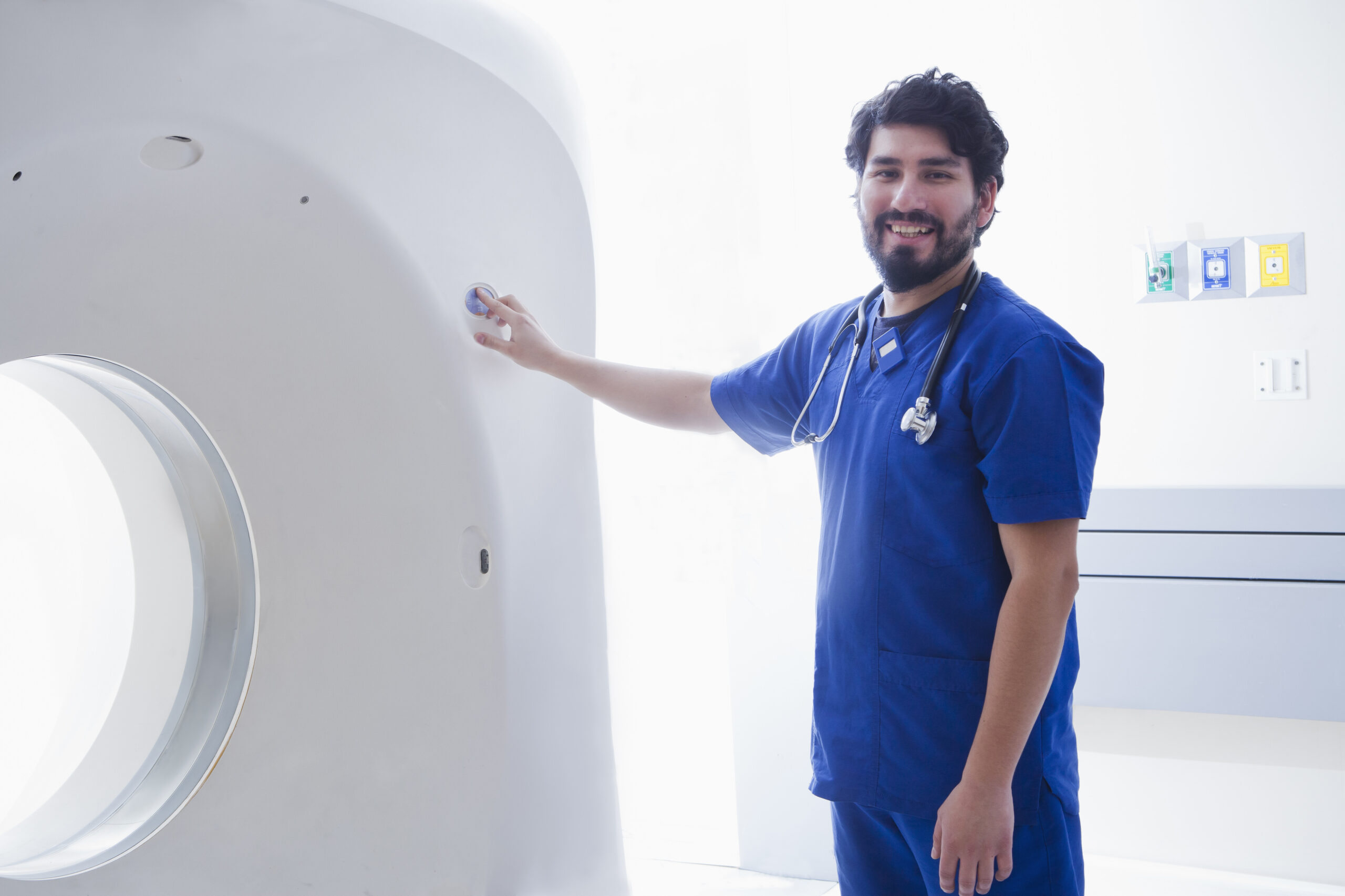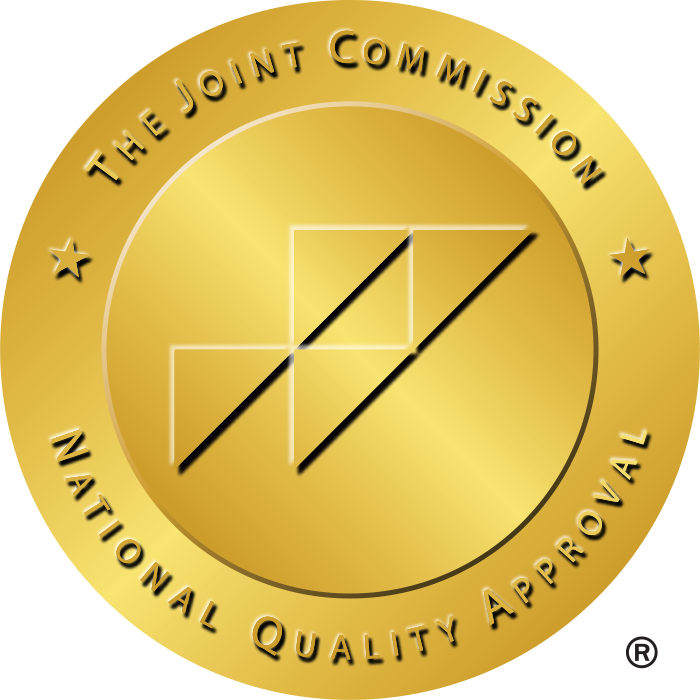Recent Technologies that Have Transformed Travel Nursing
Travel nursing has been and will continue to be instrumental in alleviating staffing deficits and guaranteeing healthcare service delivery within different regions. However, the work does come with its own issues, such as coping with new geographic areas, dealing with patients, and learning new methods in the field.
Fortunately, technology has also been a big relief to travel nurses because it has made their work easier in many ways. This includes enhanced patient care through telehealth and nurses’ ability to search for jobs and even housing using mobile applications, amongst other things.
This article will explore how cutting-edge technology has transformed travel nursing and show how nurses are empowered to provide the best care.
1. Telehealth and Virtual Care
Telehealth has made travel nursing much easier because it allows travel nurses to conduct remote consultations, track patients, and provide assistance without their physical presence. It became widely used during COVID-19 as it helped nurses take care of patients who lived in remote areas or underserved regions.
Currently, telehealth is still helpful in closing gaps in healthcare service delivery, especially for mobility-challenged patients or those who live far away from medical facilities. With the help of telehealth platforms, travel nurses are now able to provide virtual check-ups, patient education, and assistance in chronic disease management.
Nurses, patients, and other healthcare providers can easily communicate using advanced communication tools such as video conferencing and secure messaging. Most importantly, telehealth has decreased the travel nurses need to do, allowing them to provide more quality care.
2. Electronic Health Records (EHRs) Innovations
Electronic Health Records (EHR) systems enable nurses to log and access patient histories, treatment plans, tests, and other vital information from a single location. This helps nurses familiarise themselves with patients’ records and provides timely, personalized care.
Artificial intelligence integration in EHR systems is another recent improvement. While predictive analytics can notify nurses of possible complications, automated workflows enable the reduction of administrative work, thus allowing nurses more time for caring.
The fact that these EHR systems are also available on mobile devices like phones and tablets adds another level of convenience and accessibility for travel nurses. In simple words, these systems allow nurses to remain informed about patient details even when on the move.
3. AI Boosting Nursing Efficiency
AI tools are employed in predicting health outcomes of patients, allowing nurses to address problems well in advance of their occurrence. For example, algorithms are created to evaluate patient information to ascertain whether specific patterns such as early-stage sepsis and worsening chronic illnesses.
Another major innovation with AI is the development of clinical decision support systems. These systems help travel nurses by recommending various forms of treatment, medication dosages, and even caregiving procedures with the use of reliable data, which minimizes their chances of making mistakes.
At the same time, administrative tasks like scheduling, documenting, and inventory control are streamlined by AI, which provides more time for direct patient contact. Also, these AI programs can adapt to specific needs like custom job recommendations and license management across several states.
4. Mobile Apps for Travel Nurses
Traveling nurses have it easier thanks to mobile apps that simplify daily chores, as well as job searches. These applications, such as StaffDNA, are vital for nurses who wish to get assignments that are best suited to their skills and preferences. They even provide features to assist in licensing and credentialing automation.
Besides searching for jobs, there are housing apps for these professionals that provide them with safe and cheap accommodation within their vicinity of work. Several of these are able to offer short-term leases, which are ideal for traveling nurses who work on flexible schedules.
In addition, these nurses can easily access and gather medical information through other apps, like Medscape, and Epocrates. These apps provide basic information on drug interactions, symptoms and patient care for the doctor to be able to assist patients effortlessly.
5. Robotics Supporting Nurses
Numerous medical facilities and hospitals deploy robotics for the purposes of cleaning, inventory control, and medication dispensing. As a result, nurses are able to spend more time with patients and offer them better care.
For skill specific travel nurses, robotic limbs can assist in performing certain segments of a surgery that a human being cannot do. Robotic tools such as the da Vinci Surgical Systems enable physicians to perform surgery with precision and minimal invasion.
This greatly enhances recovery time. With that said, nurses must work with them to ensure that the patients are treated and monitored effectively. Exoskeletons are another interesting improvement as these are designed to enable nurses lift heavy equipment or assist patients with limited mobility without additional stress.
6. VR and AR in Training
Using these technologies, nurses can learn even the most intricate skills through complete learning procedures. For example, VR simulations render portions of real-life medical scenarios like emergency surgery or post-operative care, allowing travel nurses to practice these tasks before actually dealing with in-person patients.
While VR technology facilitates rote learning, Augmented Reality (AR) technology allows users to overlay digital information onto the real world. Some AR devices like smart glasses enable travel nurses to literally see step-by-step instructions for the procedure being performed or, if the nurse happens to be a doctor, a 3D model representing the condition of the patient’s anatomy.
These devices are essential, especially when transitioning into new healthcare facilities or encountering new equipment. While this piece of technology is still in development and not fully utilised worldwide, its potential is worth mentioning.
7. Cybersecurity in Healthcare
Protecting patient information should be a priority in nursing, especially among travel nurses. Travel nurses, for instance, have many benefits; however, they face many obstacles, like needing to become familiar with new security protocols after changing assignments or contracts, which can lead to data leaks.
To face those challenges, medical facilities are adopting more advanced security measures, like encrypted communication and multi-factor identification. Travel nurses are also taught the proper way to perform their roles, such as how to identify phishing attempts targeted at patients and how to handle sensitive information appropriately.
Vigilance is the weapon of travel nurses. With the right amount of awareness and vigilance, they can ensure that their patients’ information is secured.
Conclusion
What we know for sure is that technology has integrated into the lives of travel nurses, making it easier for them to address their challenges while providing exceptional care. These innovations, including telehealth, artificial intelligence, mobile apps, robotics, and advanced instructional tools, have greatly enhanced the productivity of nurses on the go.
As in any other area, the world of travel nursing will expand, and it can be assumed that these technologies will continuously advance to ensure the best outcomes for patients while making the work of nurses more effective.







